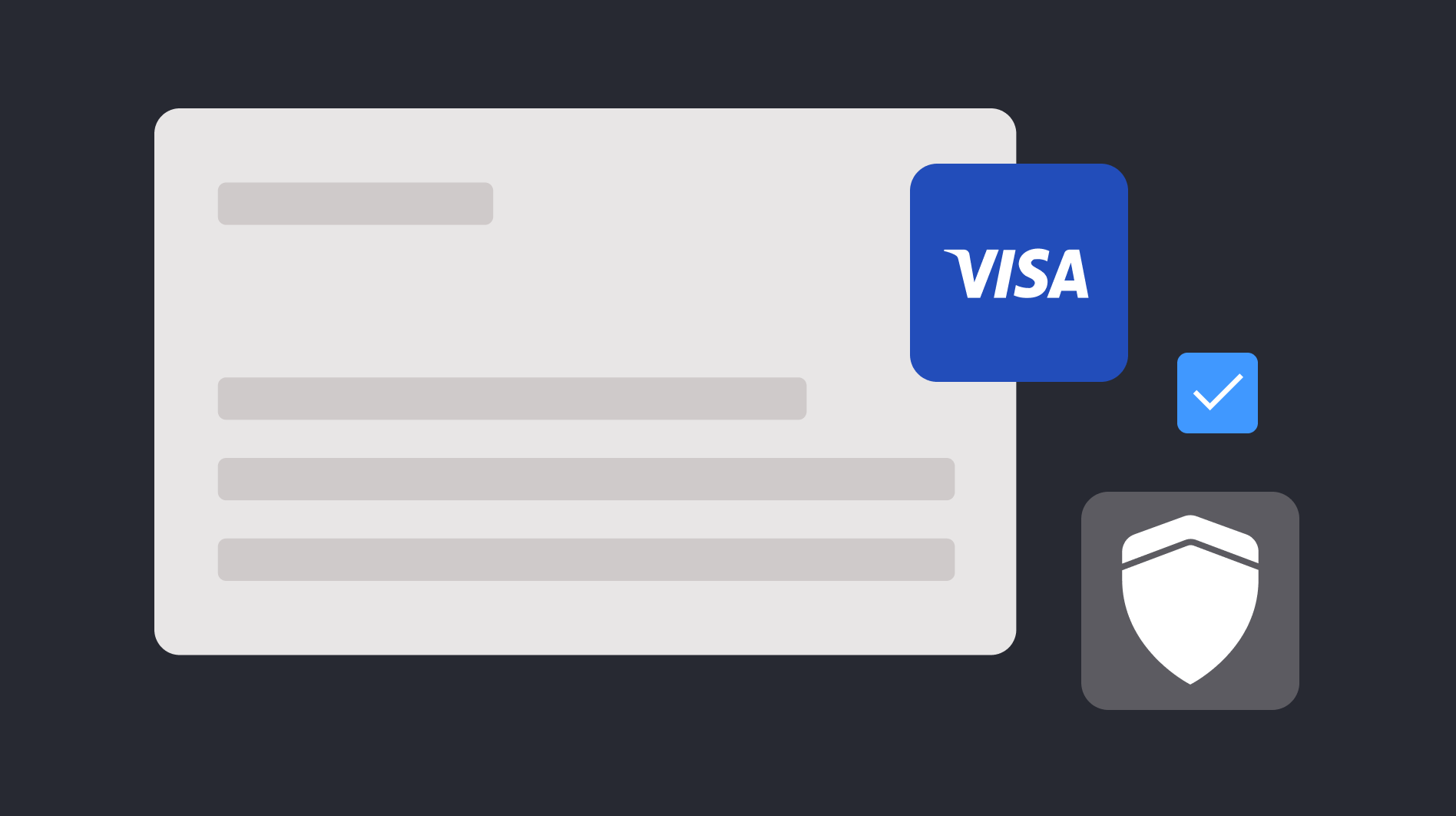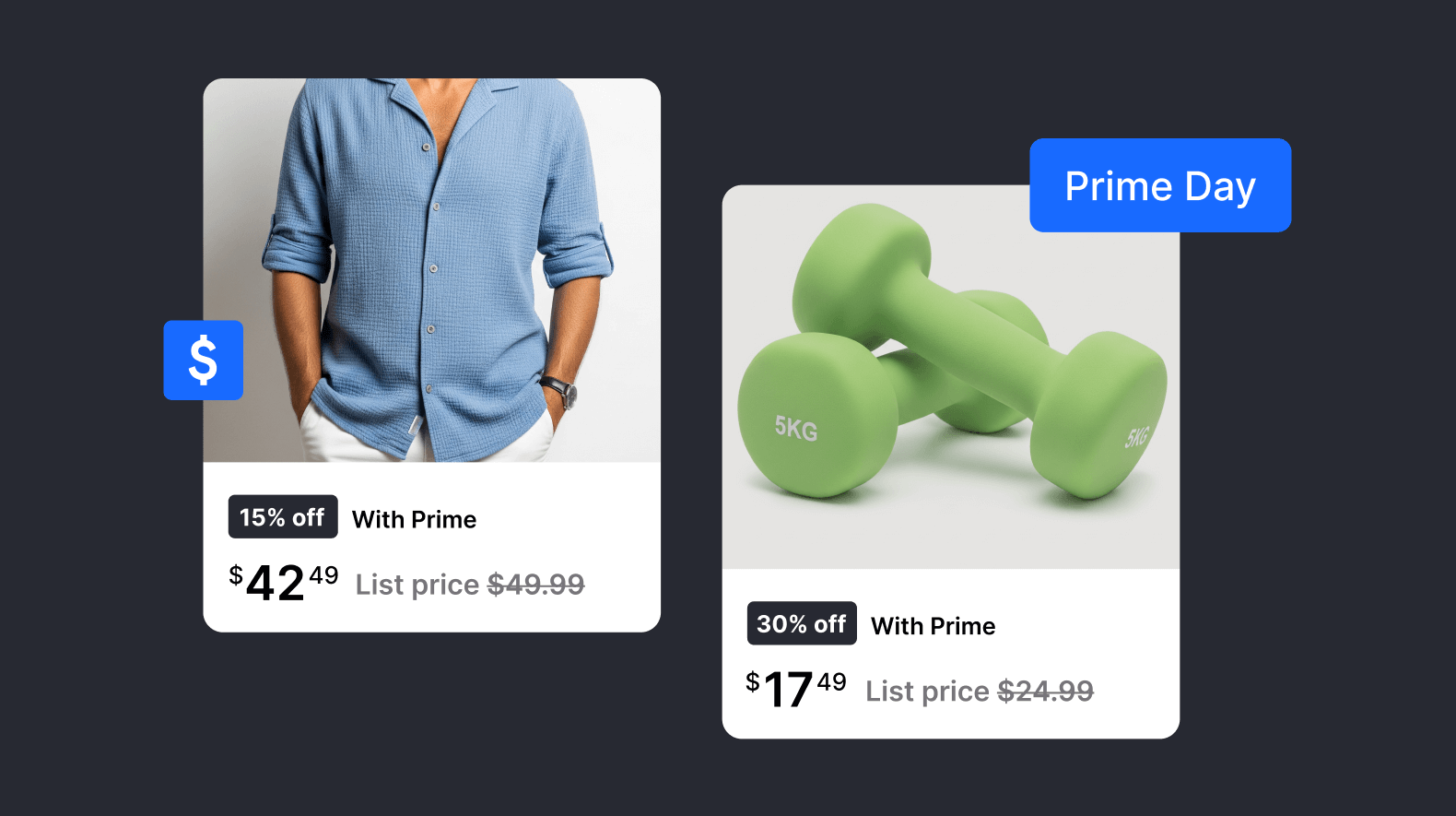In today's global economy, it’s become essential for many businesses to expand beyond borders. However, digital merchants face unique challenges when it comes to cross-border payments, from ensuring payments acceptance to navigating regulatory requirements.
This article will set the record straight. To help you overcome the associated challenges of cross-border payments, we’ll explore some top tips for successfully expanding your online brand overseas – by optimizing payments acceptance with local payment methods and acquiring, and by reducing the costs of international payments.
What are cross-border payments?
Cross-border payments are financial transactions where the payer (normally the customer) and the recipient (normally the merchant) are located in different countries. Typically made between individuals, companies, or governments located in different countries, cross-border payments can be for a variety of purposes, such as international trade, remittances, travel expenses, or investment transactions.
For merchants, the process of making cross-border payments can be complex. That’s because it involves multiple parties, including the sender's and recipient’s bank, and possibly one or more intermediary banks.
Cross-border payments can also be subject to various fees, currency conversion rates, and regulatory requirements, such as anti-money laundering laws and economic sanctions (see more about CESOP).
But cross-border payments remain on the rise. According to Juniper Research, cross-border ecommerce sales accounted for US$1.9 trillion in 2022. As international trade and globalization continue to grow, the demand for cross-border payments has increased.
To address this demand, new technologies and payment systems have emerged, including blockchain-based payments (i.e. cryptocurrency) and mobile money transfer services, which aim to make cross-border payments faster, cheaper, and more efficient.
Learn more: What is a money transmitter
How do cross-border payments work?
Cross-border payments move money between different countries and currencies through a network of banks or financial institutions. The process typically involves six steps:
- Initiation: The sender initiates the payment by providing the necessary information, such as the amount, currency, recipient's details, and purpose of the payment. This can be done through a variety of channels, including online banking, mobile apps, or in-person at a local bank branch.
- Authentification and verification: The sender's bank verifies the sender's identity and ensures there are sufficient funds to cover the payment. The bank may also conduct anti-money laundering checks and verify that the recipient isn’t on any sanctions lists.
- Routing: The sender's bank routes the payment to the recipient's bank, either directly or through one or more intermediary banks, which can involve multiple steps. This process may take some time to complete, depending on the type of transaction and the banks processing the payment.
- Conversion: If the payment involves different currencies, the funds are converted into the recipient's currency at the prevailing exchange rate. Then, the sender's bank – or an intermediary bank – may handle the currency conversion.
- Settlement: Once the currency gets converted, the recipient's bank receives the funds and credits the recipient's account.
- Fees and charges: Cross-border payments can be subject to various fees and charges, such as transaction fees, currency conversion fees, and various bank fees. It’s important to note that these fees can vary depending on the banks involved, the payment system used, and the amount and currency of the payment.
Cross-border payments challenges
Despite their increasing importance, the challenges of cross-border payments require careful strategy adjustments. Some of the main concerns of cross-border payments include:
Slower transactions
Cross-border payments can be complex and involve multiple parties, such as banks, intermediaries, and regulatory bodies, making the process more time-consuming and prone to errors than domestic payments. This can result in delays and additional costs for your business.
Higher cost
They can also be expensive, with fees and charges for currency conversion, transaction processing, higher card scheme costs, and intermediary bank fees. These costs can add up – particularly for small and medium-sized businesses – and affect your profit margins.
Currency risk
As you’d expect, cross-border payments involve currency exchange, which can expose businesses to currency risk. Fluctuations in exchange rates can affect the value of payments, resulting in losses or reduced profits.
Compliance requirements
Like all online payments, cross-border payments are subject to various regulations, such as anti-money laundering laws and economic sanctions. To that end, your business must comply with these regulations, which can be time-consuming and potentially costly if you fail to meet the requirements.
Security risks
Cross-border payments involve the transfer of sensitive financial information, which can be vulnerable to cyber-attacks or fraud. That’s why your business must ensure that your payment systems and processes are secure to protect against these risks.
To overcome these challenges, we recommend that your business uses various strategies, such as working with reputable banks and payment providers, using technology-based payment solutions, and implementing robust compliance and security measures.
You should also consider using alternative payment systems, such as mobile money transfer services, like Alipay, which can be faster and easier for your business to accept payments.
Cross-border payment examples
The most popular examples of cross-border payments include:
- International wire transfers – sending money from one bank account to another bank account in a different country.
- Credit and debit card payments – you can accept payments from customers in different countries using credit and debit cards, which are processed through payment networks such as Visa or Mastercard.
- Online payment platforms – alternatively, you can use online payment platforms, like PayPal and Alipay, to accept payments from customers in other countries.
- Cryptocurrency payments – if your business accepts crypto currency, you can accept payments in currencies like Bitcoin or Ethereum, which can be transferred across borders without the need for a financial intermediary.
As a merchant, you’re most likely to deal with international wire transfers, credit and debit card payments, and online payment platforms, as they’re commonly used for cross-border transactions.
If your business sells products or services globally, you’ll need to be able to accept payments from customers in different countries and currencies, which means you’ll need access to payment processing services that can optimize your global payments performance in each market.
However, as we mentioned, you’ll also need to be aware of the fees and charges associated with cross-border payments and the compliance and regulatory requirements that apply to international transactions.
Why should merchants use cross-border payment methods?
Even though there are some potential challenges to cross-border payments, they can offer many benefits for your business:
Expand customer base and increase competitive edge
By accepting payments from different countries, you can start selling products or services to customers in different markets, increasing your revenue streams. This can also give your business an edge over competitors that only accept payments from customers in their own country.
Meanwhile, cross-border payments enable you to capitalize on the rapidly growing global cross-border B2C ecommerce market, helping you boost sales and conversions.
Convenience and personalized customer experience
Cross-border payment methods offer customers the ability to make payments easily using their preferred payment method and currency, allowing for a more personalized customer experience which can improve your brand image and encourage repeat sales.
Using reputable cross-border payment methods can also help build trust with customers, which is vital for building your brand and boosting your bottom line.
Enhanced efficiency and improved payment processing
Because these payment systems process international money transfers using a single platform, cross-border payments can improve accounts payable efficiency and transparency.
These payments also enable you to connect to multiple acquirers, including local acquirers, resulting in higher bank approval rates, lower interchange costs, and greater risk diversification.
Learn more: Cross-border vs. local acquiring
Easier currency conversion
Most cross-border payment methods offer currency conversion services, which can keep you in the loop when it comes to currency risk, and minimize losses due to exchange rate fluctuations.
Customizable authentication and fraud rules
Cross-border payments increase your ability to customize authentication and fraud rules using configurable workflows and risk management options. This can make it easier to scale your business and accept more payments in different markets.
How to make cross-border payments work for your business
To stay on top of the latest cross-border payment trends it’s essential to collaborate with an innovative payment service provider.
The ideal payment partner should have an in-depth understanding of the local payment and consumer trends, as well as the constantly changing regulatory framework of your desired markets.
To help you nail your cross-border strategy, we've compiled a list of our best tips:
Offer trustworthy local and global payment methods
Consider offering a range of payment methods, both local and global, to establish your business in your chosen market. In addition to traditional cash and credit and debit card payments, you can also use alternative payment methods to increase conversion and payment acceptance rates.
Examples of popular local and global payment methods include:
- Local card schemes – these operate and are popular within the country in which they're issued, such as Bancontact in Belgium.
- Digital and mobile wallets – you can securely store payment cards and make payments using apps on smart devices. The most popular global options include Google Pay, Amazon Pay, and PayPal, as well as regionally-based versions like Alipay in China.
- Bank transfers – a convenient way to initiate cross-border payments, popular options include EPS in Austria, P24 in Poland or Multibanco in Portugal
- Prepaid cards – also known as cash-based voucher, prepaid cards enable customers to receive a voucher with a reference number to use in order to complete payment in cash at a bank, ATM, or convenience store. Popular examples of local payment methods include OXXO and in Mexico or Boleto Bancário in Brazil while global options include Neosurf, available in hundreds of thousands of online and physical stores worldwide.
- Buy now pay later – this method allows your customers to make purchases and pay for them later in installments, such as Klarna or PayPal Pay in 3.
Cut costs of international payments
As the merchant, when you receive funds in a currency that differs from the currency in which the payment was processed, you may be charged foreign exchange (FX) fees. An experienced payment service provider can provide access to competitive and transparent FX rates, helping you save on expenses associated with global payment acceptance.
Improve payments acceptance with local payment methods and acquiring
If you’re looking to expand your digital brand overseas, it’s essential to maximize payments acceptance and to provide a localized checkout experience with the preferred payment types of that specific region. We recommend using digital wallet payments like Google Pay or Apple Pay to improve acceptance rates due to their 2FA (two-factor authentication) use.
Another efficient method is local acquiring, which allows your business to process and route transactions with an acquiring bank in the same geography as the cardholder and their issuing bank. You can access local acquiring through a payment gateway that integrates with domestic financial institutions, payment types, and currencies that are favorable for the business and customers. For a business to benefit from a local acquirer they would need a legal entity set up in the same country as that acquirer i.e. if a UK merchant wants to use US acquiring of Chekout.com they will need to have a US entity.
Also, by using a local acquirer, the transaction will be considered 'domestic'. These transactions typically carry lower card scheme fees and have higher acceptance rates compared to cross-border transactions.
Optimize your cross-border payments strategy with Checkout.com
To start accepting cross-border payments – and grow your business into new markets – you’ll need to optimize your global payment strategy. Checkout.com can help you get started.
Our Unified Payments API gives you easy access to various local payment methods across various international markets, including digital wallets and global card schemes. With all this at your fingertips, you can more easily expand your customer base and improve your payment acceptance. Talk to our sales team today to find out more.



%20(1).jpg)


%20thumbnail.png)
%20(3).png)








